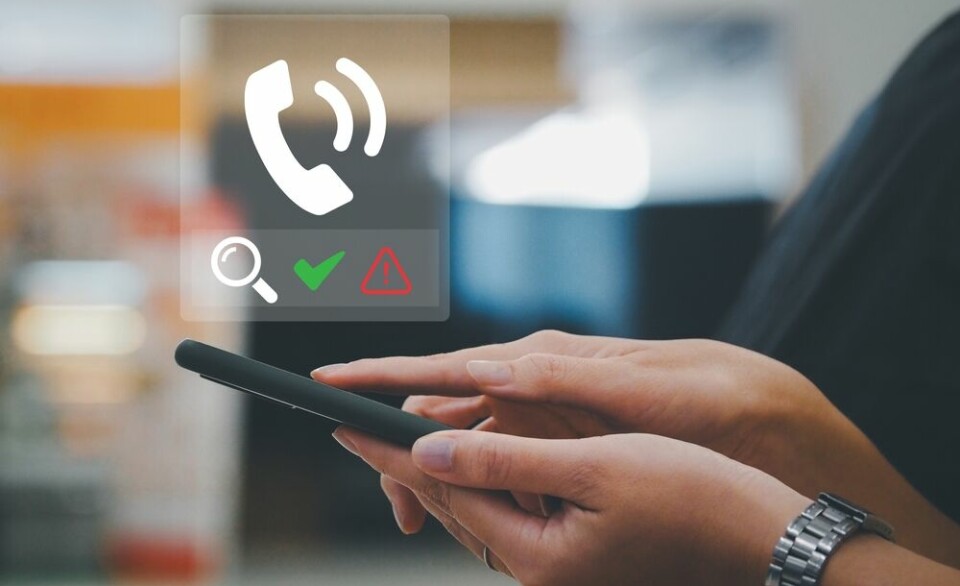-
Cars and driving: What's new in France in 2026
Including the new pollution tax on used cars, motorway toll changes and speed camera changes
-
More than a quarter of new car registrations in France are electric
EV sales hit new record in November 2025
-
Cheaper car fuel as French supermarkets launch two-day promotion
Cost-price fuel may also entice buyers into the supermarket
What are the origins of the French priorité à droite rule?
The rule is almost 100 years old, and is used in many European countries

Reader Question: I am surprised at the number of times I have came across priorité à droite signs when driving in France. Has this dangerous practice increased in recent years?
The main point to note is that in France priorité à droite (give priority to traffic coming from the right) is the default rule on the roads.
It regulates the flow of traffic among all road-users and at all intersections, unless signs and/or road markings indicate otherwise.
The rules, as laid down in Article R415-5 of the French highway code, are as follows: “When two drivers approach an intersection from different roads, the driver coming from the left is obliged to give way to the other driver, unless otherwise provided for.”
Priorité à droite is not a specifically French law
It was introduced across Europe following an international convention in Paris on April 24, 1926, and was an attempt to reduce the number of accidents happening on the continent’s roads.
Countries driving on the left had an opt-out. Becoming familiar with the road signage and markings concerning priorité à droite will help you to be sure of the rules on any particular stretch of road.
First, there are signs that cancel the default rule and clarify that, instead, you have the priority.
-
A red triangle with a thick black bar and a thinner horizontal bar across the middle – panneau de priorité ponctuelle – means you have priority over cars coming from the right at the next intersection
-
A panneau de route prioritaire is a yellow diamond with a white border. This means vehicles on your road have priority over anyone coming from other directions until a similar sign with a black bar across it ends this
On the other hand, a panneau de priorité à droite indicates that the usual default rule is in force. It is a red triangle with a black X on a white background, and means you must give way to vehicles coming from the right at the next intersection.
Priorité à droite can be at its most confusing on roads with fewer markings, but there are ways to safely spot who has priority and who does not.
Read more: France launches new-style driving theory test losing ‘trick’ questions
As stated, it is safest to assume the rule is in place unless signs say otherwise.
However, specific signage and road markings on side roads entering from the right might also cancel the rule.
If the exit point from the side road is painted across with a thick white line or a dotted line, traffic on it must legally give way to you. This will usually be confirmed by a Stop or a Cédez le passage (give way) sign on the side road.
Not following rules can lead to fines or points loss
Not obeying priorité à droite where it applies results in a €135 fine and the removal of four points from a French driving licence. In serious cases, drivers can have their licence suspended for up to three years.
Note that those entering from the right must give way to traffic on the main road at the entrance to a dual carriageway or motorway.
Similarly, on many French roundabouts, traffic entering must give way, but here the situation is reversed if there are no signs or road markings telling approaching cars to give way.
Related articles:
New road sign causes confusion in France. Have you seen it?
What disruption for drivers in France during the Paris 2024 Olympics?
























